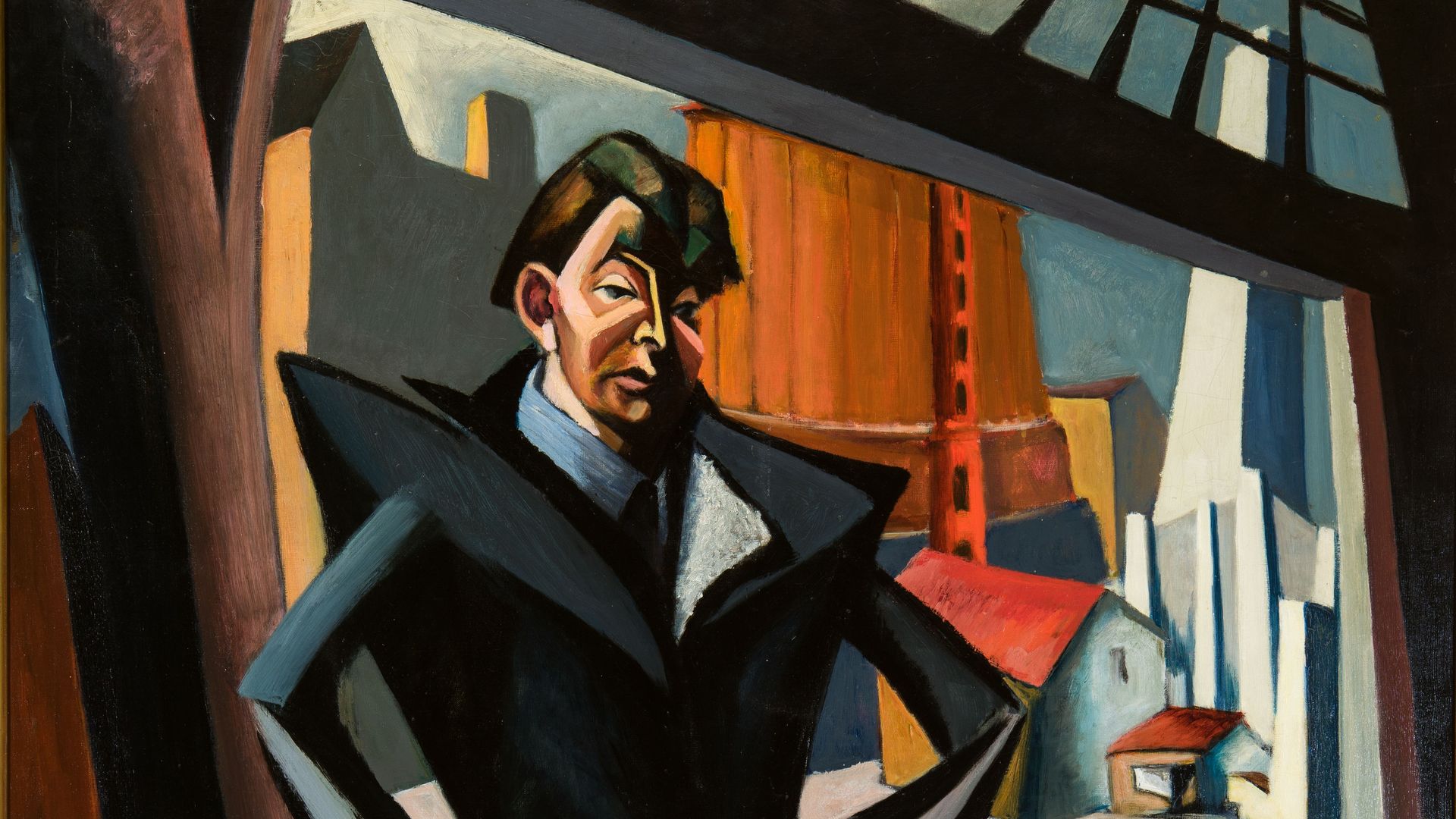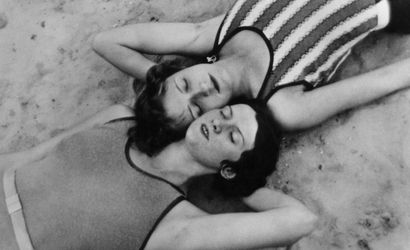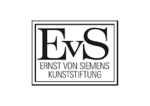Berlin plays a special role in the history of Hungarian art and culture. Even before the First World War Hungarian artists came to the rapidly growing city in search of a platform to reach out to an international audience. After a failed revolution in 1919, now driven from their homeland by reactionary forces, the banks of the Spree offered a place to explore creative freedom.
The exhibition “Magyar Modern” (“Hungarian Modernists”) at the Berlinische Galerie will break new ground by honouring the versatile Hungarian contribution to modern art in the German capital. It will broaden a still Western-oriented canon to include the artistic achievements of Central Eastern Europe. The cosmopolitan Berlin of the Weimar Republic was a formative chapter in the development of these mostly young artists. As one of the largest groups of exiles in the city, they enriched Berlin’s avant-garde significantly with novel and progressive input. The advent of National Socialism cut this two-way inspiration short and erstwhile bonds sank into oblivion.
Some 200 paintings, prints, sculptures, photographs, films, stage designs and architectural drawings on display at the museum will rekindle memories of those close links between Hungarian artists and Berlin.
Trailer
Major works from Hungarian art history
The nine sections of the exhibition will feature key works by unsung artists – all established names in Hungarian art history – produced or exhibited here during those Berlin years. The story begins with the group known as “The Eight”. Hungary’s modernists, schooled in brightly coloured brushwork by the French Fauves, celebrated their Berlin debut at the Secession in 1910. In the 1920s it was above all Herwarth Walden who recognised and promoted the innovative power of Hungarian painters. By offering them a platform of European renown at his gallery “Der Sturm”, he was also able to expand his profile: Béla Kádár and Hugó Scheiber blended Expressionism with Futurism, bringing to life such different motifs as the Hungarian puszta and Berlin nightlife. Sándor Bortnyik, László Moholy-Nagy and Peter László Péri, by contrast, were radically abstract and gave Constructivism a decisive boost.
Impressive variety
Hungarian artists were on show at many other venues too, including the prestigious galleries run by Fritz Gurlitt and Ferdinand Möller, the annual Great Art Exhibition and events held by the Academy of Arts. Their works demonstrate with impressive variety how differently these exiles experienced Berlin and reflected their response in their art. József Nemes Lampérth used ink for large formats evoking dark, feverish wartime dreams, while Lajos Tihanyi’s compositions with their sharp-edged shapes and striking colour contrasts absorb the urban bustle. As a foil to both, the handwoven tapestries by Noémi Ferenczy suggest a tranquil world where people live in harmony with work and nature.
Architecture for a modernist city
Hungarian architects were heavily involved in building and reconstructing Berlin during the 1920s. Architecture in the modernist style, adapting to the needs of a modern city, reflected new approaches and remain today as enduring landmarks, even if the creators have been forgotten. Fred Forbát designed working-class homes in Siemensstadt and Haselhorst, not to mention the SCC stadium. Oskar Kaufmann, a sought-after theatre architect, built half a dozen venues for Berlin, including the Hebbel-Theater, the Volksbühne, the Renaissance-Theater and the Kroll-Oper, where László Moholy-Nagy went on to produce a number of innovative stage sets.
Press photography and experimental film
Hungarians played an astonishingly diverse role in the flourishing of photography and cinema. As Berlin evolved into a global media metropolis in the late 1920s, Éva Besnyő and Martin Munkácsi – the latter as a staff photographer for the “Berliner Illustrirte Zeitung” – were key figures in the emergence of modern press photography. László Moholy-Nagy and Judit Kárász, leading proponents of the “New Vision”, explored the medium’s technical potential. Their spectacular views of the Funkturm showcase this icon of broadcasting technology with steep perspectives, diagonal compositions and strong contrasts. The spectrum of Hungarian cinema ranges from experimental avant-garde film to social documentaries, exemplified in Berlin by Moholy-Nagy and Miklós Bándy in their energetic pursuit of original film-making techniques.
The last section of the exhibition centres on works that reveal growing tensions in late Weimar society. A number of Hungarian artists had joined the German Social Democratic and Communist parties and the left-wing artists’ association “ASSO”. Their acerbic cartoons satirised the increasingly evident signs of rising National Socialism – until most of them were forced into a second exile when Adolf Hitler took power.
Artists (Selection):
Miklós Bandy, József Bató, Róbert Berény, Aurél Bernáth, Éva Besnyő, Vjera Biller, Mihály Biró, Dezső Bokros Birman, Sándor Bortnyik, Brassaï, Béla Czóbel, Lajos d’Ébneth, Sándor Ék, Jenő Feiks, Béni Ferenczy, Károly Ferenczy, Noémi Ferenczy, Fréd Forbát, Gyula Hincz, Ernő Jeges, Béla Kádár, György Kákai Szabó, Ernő Kállai, Judit Kárász, Lajos Kassák, Oskar Kaufmann, György Kepes, Károly Kernstok, János Mattis Teutsch, László Moholy-Nagy, Martin Munkácsi, József Nemes Lampérth, Gyula Pap, Peter László Péri, Bertalan Pór, József Rippl-Rónai, Hugó Scheiber, Jolán Szilágyi, Lajos Tihanyi, Béla Uitz, Andor Weininger












